From high-backed cathedral chairs to more refined and lighter assemblies post Renaissance, the chair, a fairly ubiquitous piece of furniture, has been subjected to constant evolution. As innovation thrived, architects and designers such as Marcel Breuer and Le Corbusier concocted chair designs that continue to be archetypes even decades after their unveiling. The contemporary world brims with a myriad interpretations of what a chair signifies—and subsequently, countless options to choose from for potential users. If choosing one chair seems like an ordeal and indecisiveness is your vice, this chair(s) will perhaps be your saviour.
ZERO.GRAVITY by AN.ONYMOUS—a Los Angeles and Columbus-based design studio led by Iman Ansari and Marta Nowak—is a cycle of human habitation, a series of spatial configurations circumscribed by a meandering interior and a circular exterior. The human sphere transmutes from a divine celestial body into a terrestrial orb revolving on the ground. Developed by AN.ONYMOUS in partnership with UCLA CityLAB for NASA Jet Propulsion Laboratory (JPL), the innovative design strives to carry the work out of the office and ignite new forms of collaboration and interaction with public spaces and outdoor environment. "Our goal was to consider the concept of work as an interactive and playful activity that is not confined to a specific place or time," says Dr. Iman Ansari, architect, urbanist and Founding Principal, AN.ONYMOUS. "In some ways, ZERO.GRAVITY was our way to break away from the gravitational force of the 'office,' as the quintessential 'place of work' in our contemporary culture, and to present work as an activity that can take place anytime and anywhere," he adds.
ZERO.GRAVITY transcends the wonted chair by being a meticulously concocted alloy of four iconic tubular steel chairs traced along a continuous loop: Marcel Breuer’s Wassily Chair, Mies van der Rohe’s MR Chair, Le Corbusier and Charlotte Perriand’s LC4 Chaise Lounge, and Herbert Everest and Henry Jennings’ first Folding Wheel Chair. "Our intent was to celebrate the rich history of and build on the material identity of tubular steel in architecture and design," shares Ansari. "The choice of the three chairs was in part to pay tribute to the modern masters and their iconic tubular steel chairs, but also to offer different seating options and postures for users," he adds. The body of the outdoor furniture is scaffolded by the continuous tubular steel frame, which also serves as the shape of a much larger tube that cradles it. By simply rolling the piece on the ground, users can sit in any of the four predefined chairs. They can also take advantage of the interstitial spaces to find their own comfort zones, try out new positions, and adopt spontaneous postures. "To include the wheelchair alongside the iconic modern chairs was our way of signifying and highlighting its importance on the discourse of architecture and design, and to celebrate it as one of the most influential modern furniture," explains the architect.
The human body is an intrinsic element of ZERO.GRAVITY, long shackled by the ideological and geometric constraints of architecture, ranges from the Vitruvian Man drawn within the idealised outlines of a circle and a square, the divine reconciliation of the formal and functional orders of Renaissance humanism, to the Corbusian Modulor derived from the standards of measure in 20th-century modernism, or the universal frame of a disabled body on a wheelchair systematised in prevalent building regulations and graphics standards. “Here, the body is neither confined nor defined by the circle or the square, the wheel or the chair,” says Ansari. “The divine circle has been reduced to a skeletal structure, and the square a convoluted vestige of its modern past,” he adds.
There is no front, rear, up, or down in ZERO.GRAVITY, neither is there a set orientation or position. It is a restless, constantly moving entity that only finds equilibrium and stability when it has been occupied. Its centre of mass is the human body—a prosthetic void that is only whole and complete when the body is within. "The physical environment, rather than a separate entity should be considered as an extrasomatic extension of the self; ZERO.GRAVITY puts that idea in full display—it is only complete with the human body inside," notes Ansari. But in order to inhabit the piece, one must also tame it, an act that entails a dynamic dance between the two as they seek composure. “Motion here is the prerequisite for repose and rest,” says Marta Nowak, Founding Principal, AN.ONYMOUS. “The labour of this intimate interplay is the power that animates the machine,” she adds.
AN.ONYMOUS focuses on analytical approaches towards architecture and urbanism in relation to technology and human experience. Since its inception in 2012, the practice has embarked on a journey of numerous international projects, encompassing a diverse range of scales from urban architecture and interior design, to objects, furniture design, and personal devices. ZERO. GRAVITY expands on similar tenets, transforming modernist icons of the past into a future workspace.






 Sign in with email
Sign in with email


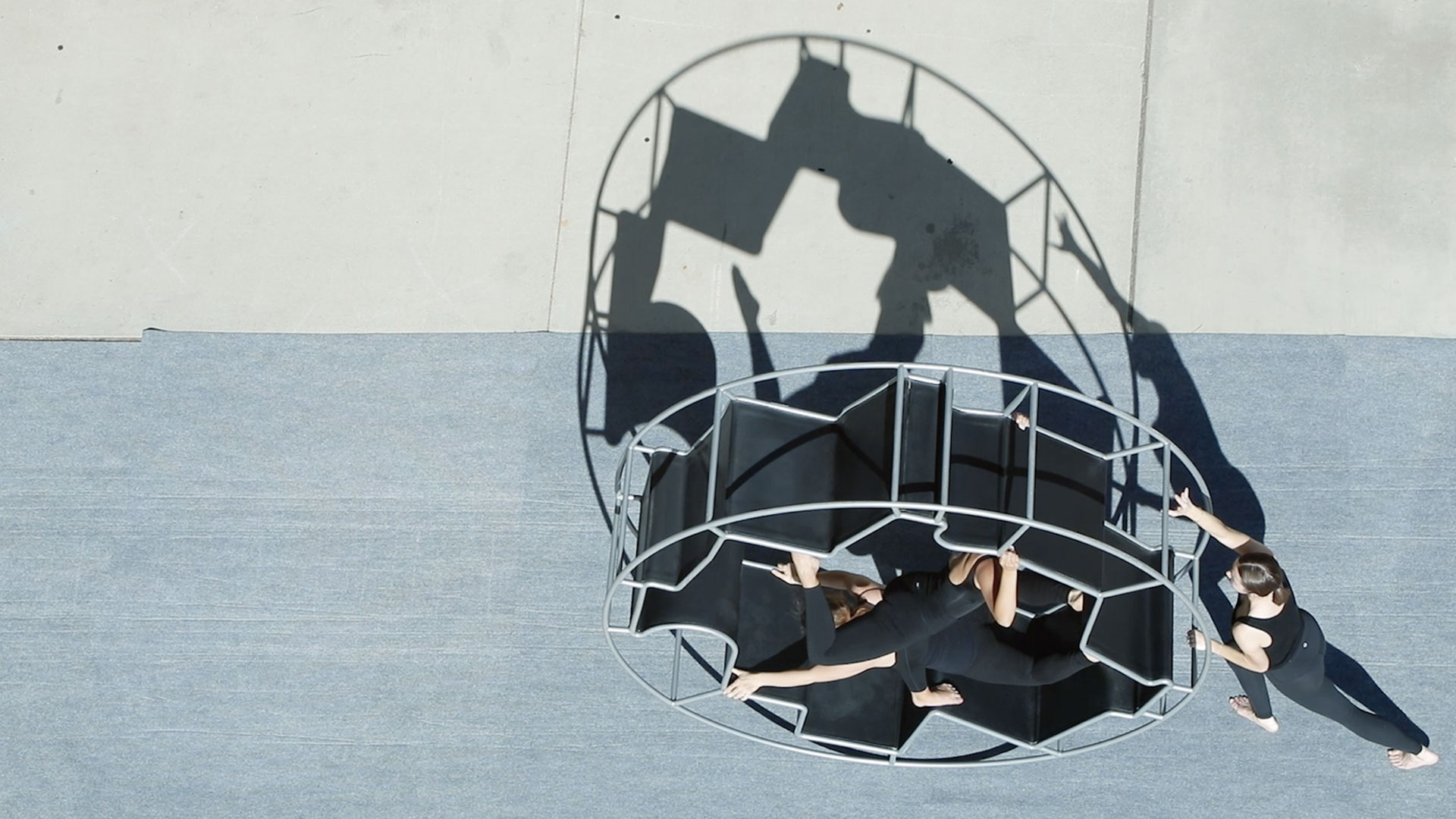
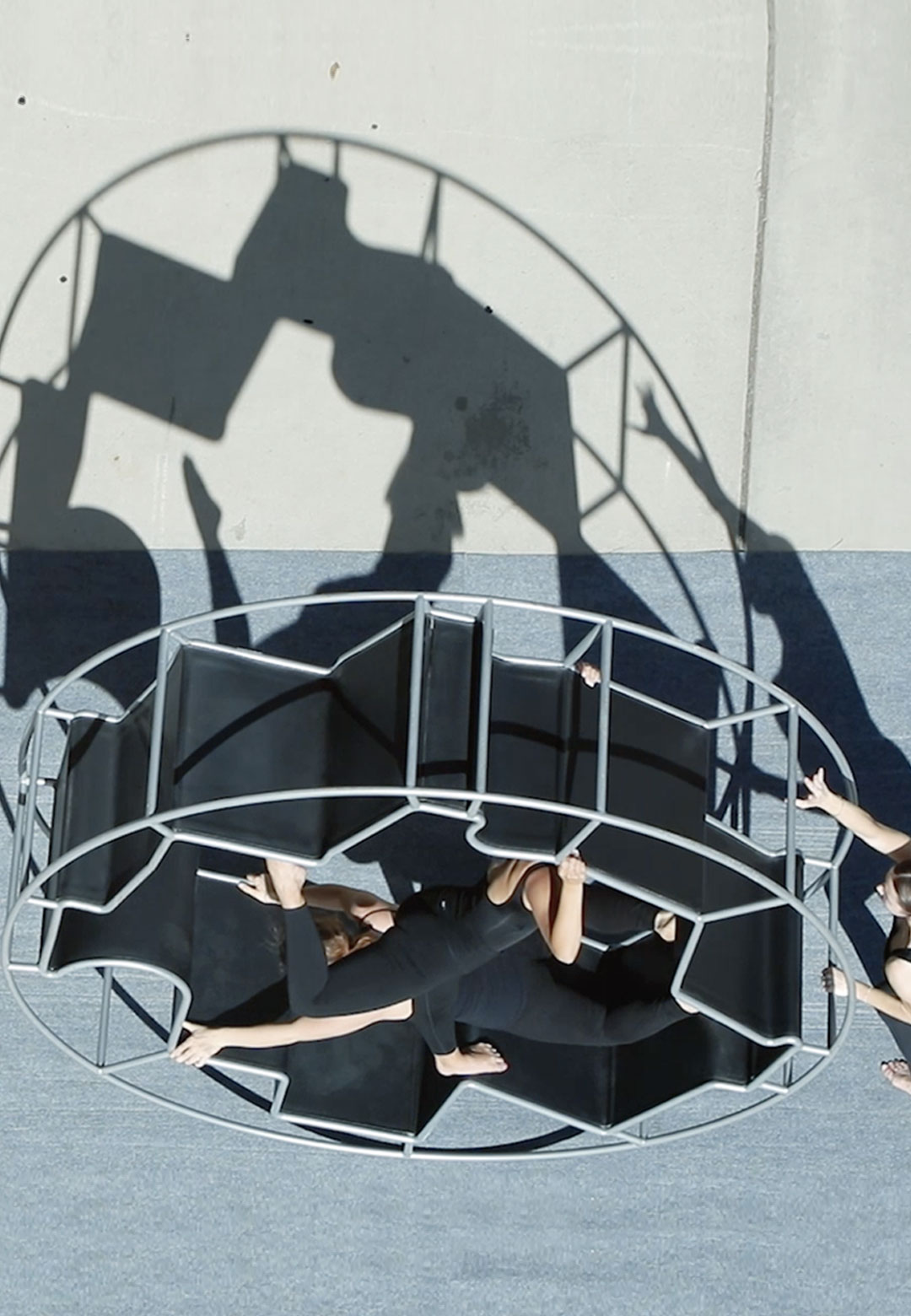
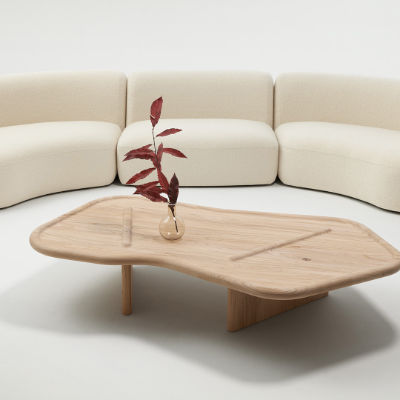
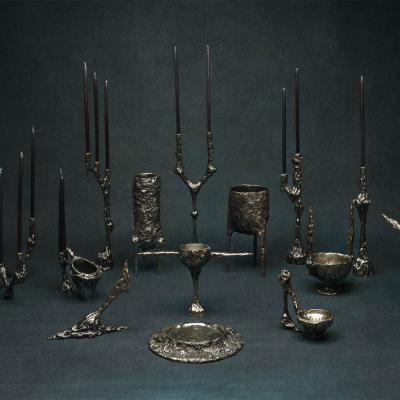
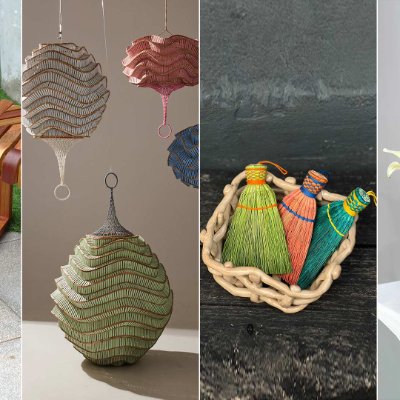
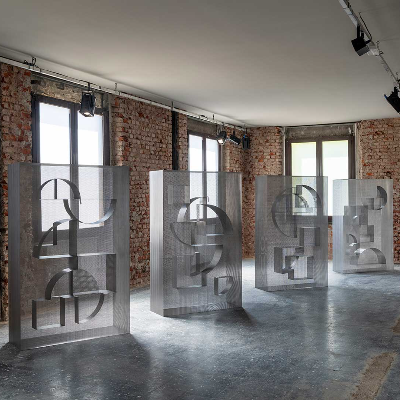
What do you think?